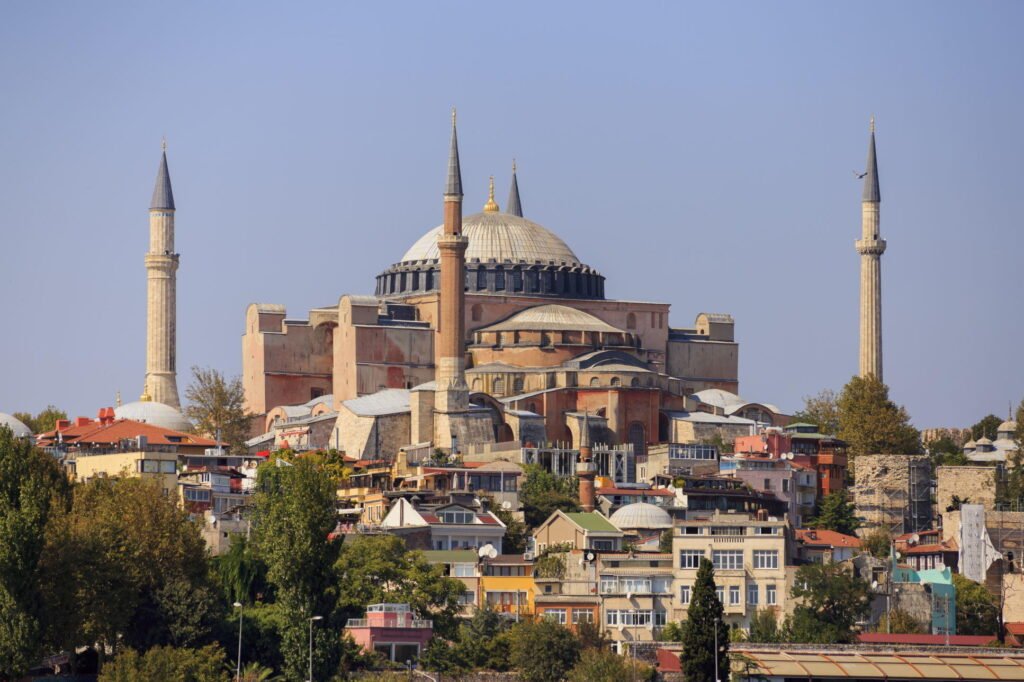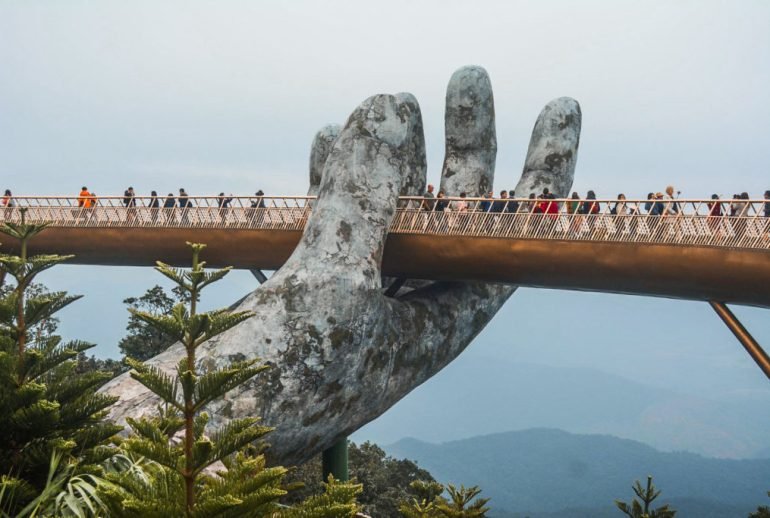Western Asia, a region steeped in ancient history, breathtaking landscapes, and vibrant cultures, is home to some of the world’s most awe-inspiring landmarks. From the remnants of powerful empires to natural wonders carved by time, this area is a treasure trove for travelers seeking meaningful experiences. Here are the top five must-see landmarks in Western Asia that every traveler should have on their bucket list.
1. Petra, Jordan – The Rose-Red City
Often referred to as one of the New Seven Wonders of the World, Petra is an ancient city carved into pink sandstone cliffs by the Nabataeans over 2,000 years ago. This UNESCO World Heritage site is Jordan’s most iconic destination and a testament to the ingenuity of its builders.
The entrance through the narrow Siq gorge opens to the majestic Treasury (Al-Khazneh), Petra’s most photographed monument. But the site offers much more, including the Monastery, the Royal Tombs, and a high-altitude hike to the Place of High Sacrifice. Petra isn’t just a destination—it’s an unforgettable journey into history.
2. Hagia Sophia, Istanbul, Turkey – A Cultural Chameleon

The Hagia Sophia is one of the most impressive architectural feats in the world, showcasing a fascinating blend of Christian and Islamic influences. Built in 537 AD as a cathedral under the Byzantine Empire, it later became a mosque during the Ottoman era and has most recently been reconverted into a mosque.
Its massive dome, mosaics, and blend of artistic styles reflect centuries of religious and political change. Located in the heart of Istanbul, the Hagia Sophia serves as a powerful symbol of Western Asia’s layered history and cultural fusion.
3. Persepolis, Iran – The Ancient Persian Capital
Located near modern-day Shiraz, Persepolis was once the ceremonial capital of the Achaemenid Empire, founded by Darius the Great around 518 BC. This ancient city, though partially ruined, still stands as a remarkable example of Persian architecture and empire-building.
Walking through the Gate of All Nations and marveling at the Apadana Palace’s intricate carvings offers visitors a glimpse into a civilization that once ruled much of the known world. The site’s grandeur, despite centuries of weathering and conquest, remains a symbol of Iran’s rich historical legacy.
4. Jerusalem’s Old City, Israel/Palestine – A Sacred Crossroads
Jerusalem is one of the most spiritually significant cities in the world, sacred to Jews, Christians, and Muslims alike. The Old City is a compact area filled with monumental landmarks like the Western Wall, the Church of the Holy Sepulchre, and the Dome of the Rock.
Each site tells a story of faith, conflict, and coexistence. The winding alleys, ancient stone streets, and vibrant souks enhance the sense of timelessness. Whether you’re on a spiritual pilgrimage or a history enthusiast, Jerusalem offers a profound experience unlike any other.
5. Mount Ararat, Turkey – The Legendary Peak

Mount Ararat is the highest peak in Turkey and a symbol of Armenian cultural identity. It is famously associated with the biblical story of Noah’s Ark, believed by some to have come to rest on the mountain’s summit after the great flood.
Though climbing the mountain requires a special permit and preparation, even viewing it from the city of Iğdır or Yerevan, Armenia, offers a breathtaking experience. The snow-capped peak standing alone against the sky is a majestic sight that captures the imagination of all who see it.
Final Thoughts
Western Asia is a region where myths, empires, and spiritual traditions intertwine. From Petra’s awe-inspiring rock-carved facades to Mount Ararat’s snow-covered majesty, these five landmarks offer not just beauty, but deep cultural and historical significance. Whether you’re seeking inspiration, knowledge, or adventure, these destinations will leave you with memories that last a lifetime.







